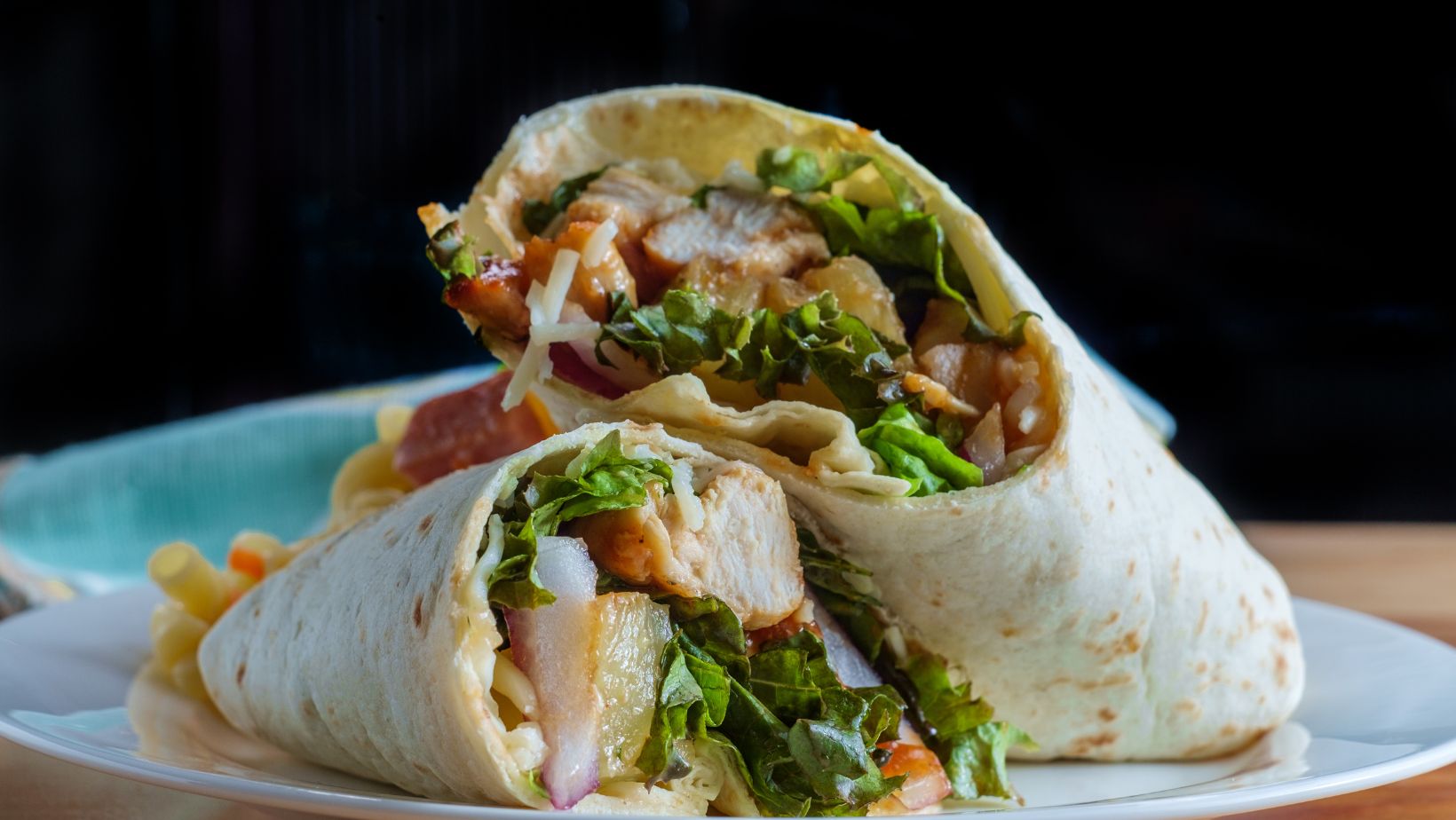Li Hing Mui
Li hing mui, also known as dried plum or crack seed, is a popular Hawaiian snack with a unique and tangy flavor. Its origins can be traced back to China, where it was traditionally made by drying salted plums. Li hing mui has since become an integral part of Hawaiian cuisine and culture.
The distinctive taste of li hing mui is both sweet and salty, with hints of sourness. It is commonly used as a seasoning for various foods and beverages, adding a burst of flavor that is hard to resist. Whether sprinkled on fresh fruits like pineapple or watermelon, mixed into cocktails, or even used as a topping for shave ice, li hing mui adds an unexpected twist to familiar favorites.
In addition to its taste, li hing mui is also believed to have certain health benefits. It is rich in antioxidants and dietary fiber, making it a good choice for those seeking a healthier snack option. However, moderation is key due to its high sodium content.
Join me as I explore the fascinating world of li hing mui – from its history and cultural significance to its versatile uses in Hawaiian cuisine. Discover why this delightful treat has captured the hearts (and taste buds) of locals and visitors alike.

The Origins of Li Hing Mui
Let’s delve into the fascinating origins of li hing mui, a beloved Asian treat that has gained popularity worldwide. This unique fruit snack originates from China and has a rich history that dates back centuries.
Li hing mui, also known as “preserved plum” or “dried salted plum,” is made from drying and preserving unripe plums with a mixture of salt, sugar, and licorice. It is then coated with a red powder made from ground dried plum skins mixed with various spices like chili pepper, ginger, and anise. The result is a sweet, tangy, salty, and slightly spicy flavor explosion that tantalizes the taste buds.
The origins of li hing mui can be traced back to ancient Chinese traditions. It was first developed as a method to preserve plums during harvest season when they were abundant. The preservation process not only extended their shelf life but also enhanced their taste by infusing them with the flavors of salt and licorice.
Over time, li hing mui became more than just a preserved fruit; it evolved into a cultural icon in Chinese cuisine. It found its way into various dishes such as snacks, desserts, candies, sauces, and even cocktails. Its distinct flavor profile became immensely popular among locals and eventually spread to other parts of Asia and beyond.
Today, li hing mui has transcended borders and can be found in Asian markets around the world. It has become particularly popular in Hawaiian cuisine where it is often used as a topping for shaved ice or added to tropical drinks like margaritas or mai tais.
In conclusion, the origins of li hing mui can be traced back to ancient China where it began as a preservation technique for plums. With its unique blend of sweet-salty-spicy flavors, this beloved treat has become a cultural icon that continues to captivate taste buds worldwide. So, the next time you come across li hing mui, give it a try and experience the magic of this delightful fruit snack.
